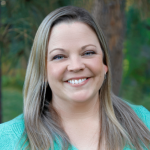At Sequoia Recovery, one of the hardest—and most frequent—conversations we have with families begins like this:
“They were prescribed medication by a doctor. How could this happen?”
Prescription drugs save lives every day. They ease pain after surgery, help manage anxiety, and allow people with chronic illnesses to function. But there’s another side to these powerful medications. Prescription drug abuse can creep into a person’s life quietly, sometimes without them realizing it’s happening.
In 2022, over 59 million Americans aged 12 and older have used or misused prescription pain relievers, and have struggled with sedatives, tranquilizers, or stimulants. Prescription drug abuse cuts across all ages, races, and backgrounds. It affects students, professionals, parents, and retirees alike.
Understanding Prescription Drug Abuse
Prescription drug abuse happens whenever someone uses medication differently than prescribed. Sometimes it begins innocently: a person takes an extra pain pill after a difficult day, borrows a friend’s medication to sleep better, or uses a stimulant to stay awake and focused. Other times, it’s more deliberate—seeking the euphoric high that opioids or tranquilizers can bring.
Over time, the brain and body adjust to these substances. What once offered relief now feels necessary just to feel normal. Tolerance builds. Cravings increase. Life narrows around the next dose.
At Sequoia Recovery, we understand how easy it is for dependence to sneak up on people. We know the heartbreak that comes when someone realizes they can’t control their use—and the fear that follows. But we also know that recovery is possible.
Recognizing Signs and Symptoms of Prescription Drug Abuse
Identifying the signs and symptoms of prescription drug abuse isn’t always simple. People struggling with addiction are often experts at hiding it. Sometimes the changes are small—a shift in mood, unexplained fatigue, or sudden bursts of energy. Other times, they’re dramatic, like legal trouble or financial crisis.
Physical Symptoms of Prescription Drug Abuse
Physically, someone might look flushed, pale, or disheveled. Their pupils may seem unusually small or large depending on the drug. You might notice trembling hands, slurred speech, or complaints of frequent headaches and nausea. Changes in sleep patterns are also common. Some people struggle with insomnia, while others sleep excessively.
Emotional Symptoms of Prescription Drug Abuse
Emotionally, there’s often a growing sense of secrecy. People become defensive or irritable when asked questions about their health or habits. They might withdraw from friends or family, spending more time alone. Hobbies and activities they once loved may fall away, replaced by isolation or obsessive focus on obtaining medication.
Behavioral Symptoms of Prescription Drug Abuse
Behaviorally, new patterns often emerge. A person might go to multiple doctors to get extra prescriptions—a practice known as “doctor shopping.” Prescriptions might run out faster than they should. Personal hygiene might decline. Responsibilities at work, school, or home can slip, leading to performance issues, absences, or conflicts. Financial troubles might surface as money is funneled toward obtaining drugs.
The High Stakes of Ignoring Prescription Drug Abuse
It’s tempting to hope the problem will resolve on its own. Unfortunately, addiction doesn’t simply fade away. The consequences of prescription drug abuse can be devastating.
Physically, prolonged misuse can damage organs, raise blood pressure, cause heart problems, and lead to fatal overdoses. In 2022, approximately 16,706 deaths were linked to prescription opioids alone. But even non-opioid drugs like benzodiazepines or stimulants can be dangerous, particularly when mixed with other substances.
Emotionally, addiction erodes mental health. Depression, anxiety, and feelings of hopelessness are common. Relationships suffer under secrecy, broken trust, and financial strain. Careers and educational opportunities can collapse under the weight of missed days and poor performance.
Addiction is a disease—not a moral failing. Ignoring it only gives it more power. The sooner someone seeks help, the better their chance of a successful recovery.
Why Professional Treatment Is Critical
Some people believe they can stop using prescription drugs on their own. I wish it were that simple. The truth is, quitting cold turkey can be dangerous, especially with certain medications.
Opioid withdrawal, while rarely life-threatening, can cause severe pain, diarrhea, vomiting, and insomnia. Benzodiazepine withdrawal can be far more dangerous, leading to seizures, hallucinations, and extreme anxiety. Stimulant withdrawal can trigger deep depression and fatigue.
Professional treatment offers a safer path. Detox is just the beginning. True recovery requires addressing the reasons behind drug use—stress, trauma, mental health struggles, or chronic pain. Our comprehensive programs include therapy, family counseling, relapse prevention, and long-term support. Studies show that 40% to 60% of people who enter treatment maintain long-term sobriety.
What to Do if You See the Signs
If you recognize the signs and symptoms of prescription drug abuse in someone you love, start by opening a compassionate conversation. Choose a calm time to talk. Avoid accusations or lectures. Instead, express your observations and your concern.
You might say:
“I’ve noticed you seem really tired and anxious lately, and I’m worried about you.”
If your loved one denies the problem—as many people do—don’t lose hope. Keep the lines of communication open. Talk to a professional about how to approach the situation. Sometimes, a professional intervention can help break through denial and encourage someone to accept help.
Let Sequoia Recovery Help You Recognize the Signs of Prescription Drug Abuse
If you’re worried about the signs and symptoms of prescription drug abuse, trust your instincts. Early action can save lives. At Sequoia Recovery, we’re here to help you understand what’s happening—and what steps to take next.
Whether you’re worried about yourself or someone you love, we’ll listen without judgment and help you find hope and healing. You don’t have to face this alone.
Contact us today. Recovery is possible—and it starts with asking for help.
FAQs About Identifying Signs and Symptoms of Prescription Drug Abuse
People often arrive at Sequoia Recovery scared, confused, and full of questions. Here are some of the most common concerns we hear—and what you need to know.
Can someone be addicted even if they have a prescription?
Yes. Having a legitimate prescription doesn’t protect someone from developing dependence or addiction. Many people start using medication as directed and gradually slide into misuse, taking higher doses or using it for emotional reasons rather than medical need.
Are prescription drugs safer than street drugs?
Not necessarily. Prescription drugs can be just as dangerous as illegal substances. Opioids, benzodiazepines, and stimulants all carry serious risks when misused, including overdose, organ damage, and severe mental health consequences.
What’s the difference between dependence and addiction?
Dependence means your body has adapted to the drug, and stopping causes withdrawal. Addiction includes dependence, but also involves compulsive drug-seeking behavior, continued use despite harm, and loss of control over drug use.
Should I confront someone I suspect of abusing prescription drugs?
Approach gently and without blame. Focus on your observations rather than accusations. If previous conversations haven’t worked, consider speaking to a professional about next steps or planning a structured intervention.
Can withdrawal from prescription drugs be dangerous?
Yes. Opioid withdrawal is often intensely uncomfortable but rarely life-threatening. Benzodiazepine withdrawal, however, can cause seizures and severe medical emergencies. That’s why supervised medical detox is the safest route.
Is recovery really possible?
Absolutely. I’ve witnessed countless people rebuild their lives after addiction. Recovery isn’t fast or easy—but with the right help, it’s achievable. Treatment, therapy, and ongoing support help people stay sober and rediscover joy and purpose.

